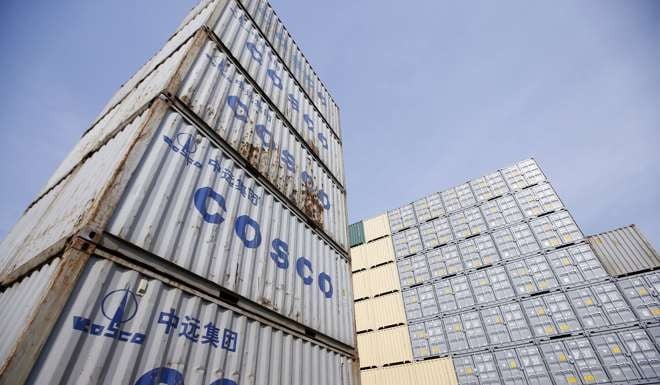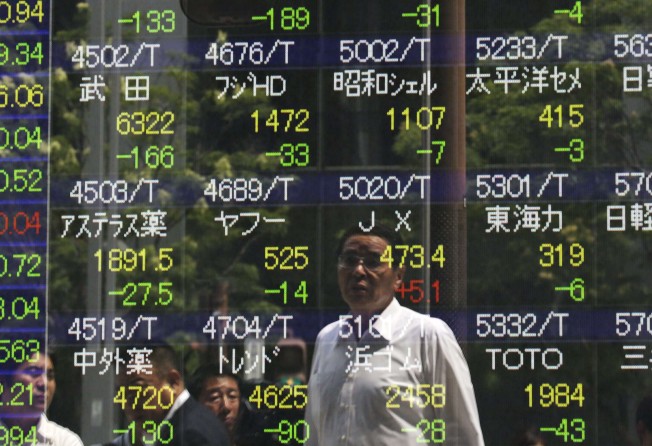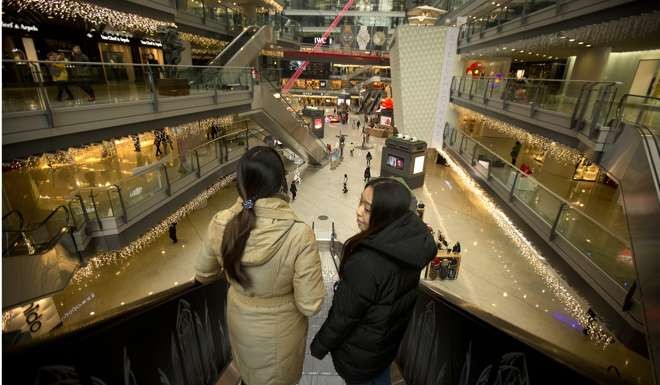
How policy shifts in China are shaping global trade patterns

Belgium’s 4.2 million French-speaking Walloons, who last week very nearly hijacked the massive and hard-negotiated Canada-EU Trade Agreement, have provided a painful reminder that the four-decade cult of globalisation and trade liberalisation that has brought global wealth and lifted Hong Kong from post-war penury to affluence and global significance is deep in crisis.
In the US, President Obama must be within weeks of formally acknowledging that the nails are being banged in the coffin of the ambitious Trans-Pacific Partnership (TPP). At the same time, both Democratic and Republican candidates to succeed him have railed in the most visceral and primitive terms against international trade. The danger of backsliding into protection is real. A recent survey by YouGov indicates that approximately 71 per cent of Americans and 58 per cent of Germans believe that their countries should embrace more restrictive trade policies to protect their economies from foreign competition. Dozens of political parties across Europe have such protectionist sentiments at the heart of their political manifestos. In short, trade has become the populist politician’s favourite whipping-boy.
And in Hong Kong last week, economists from across the world gathered together by the Hong Kong Monetary Authority and the International Monetary Fund to unveil their semi-annual World Economic Outlook were wringing their hands to understand why sentiment has turned so powerfully against trade, and the globalisation that has accompanied it – and why annual trade growth has slowed so sharply since the 2008 crash.

So why the fall in trade? Uncontroversially, the IMF points to a “synchronised economic slowdown” that has followed the 2008 financial markets crash, linked to a sharp slowdown in the growth of foreign investment. Also uncontroversially it acknowledges that rising protectionism has played a part.
But other powerful factors have been at work. As most of the “low hanging fruit” from simple tariff cutting had been captured by the early 2000s, the liberalisation needed to keep trade growth driving forward has been harder to achieve: the necessary behind-the-border and services liberalisation has been tougher because it has threatened strong local vested interests in many economies, has controversially required amendment of domestic laws and regulations, and has required collaboration between multiple parts of government. Gone are the happy days when at-the-border tariff cuts could be agreed by trade ministers alone. As liberalisers have targeted local regulations, and compliance with internationally agreed standards, so the trade liberalising agenda has impinged increasingly precociously on sensitivities over domestic sovereignty.
So far, so obvious. But for me two other less obvious factors play a huge role in this shift – and both of them are driven by China. First, Deng’s decision in the early 1980s to open the economy and drive growth and economic development fundamentally changed the shape and structure of global trade. Hong Kong’s manufacturers of course played a huge role in this, being the pioneers to bring export manufacturing onto the mainland.
Through this process, the creation of long and often-complex integrated supply chains that hinged around the Chinese economy largely replaced the old model of advanced economy manufacturers importing raw materials from the poor developing world to assemble whole products in one place.

The second Chinese shift is less well recognised, but is playing a massive role in slowing trade growth. In short, by the early 2000s, China’s leaders simultaneously discovered two things. First, that while China had successfully engineered for itself a place in most manufacturing production chains, it had captured only the lowest-value-adding roles, with most of the high-value-adding bits of the chain sitting outside China, generating high incomes and high living standards to workers in western economies, but leaving Chinese workers structurally immiserated in the low-value-adding bits of the chain.
Second, they realised that if they were to avoid ugly domestic political conflicts in the future, they needed to lift living standards inside China, and build the foundations of a middle class consumer economy. This resulted in two massive policy shifts which are still today works in progress: first, minimum wages were willfully lifted – by an average of 15 per cent a year since 2001 – forcefully pushing China out of the market for cheap manufacturing labour. Second, companies began to explore the higher-value-added parts of production chains to discover which of them could be brought into China. As more stages of the production chain have been “domesticated”, so inevitably cross-border trade has shrunk. And as more goods are being consumed by wealthier people inside China, so less of China’s output is destined for export.
These Chinese shifts are in the process of transforming the shape of global trade. They probably spell the end of western leadership of international trade. As the TPP – which excludes China and was explicitly intended to enable the US to set global trade rules – flounders, so it is clear that any successor agreement, perhaps the Free Trade Area of the Asia Pacific (FTAAP), must inevitably include China at the table. If our commitment to trade and investment liberalisation is to survive this current anti-globalisation backlash, then agreements will not be forged without China at the table.
David Dodwell researches and writes about global, regional and Hong Kong challenges from a Hong Kong point of view